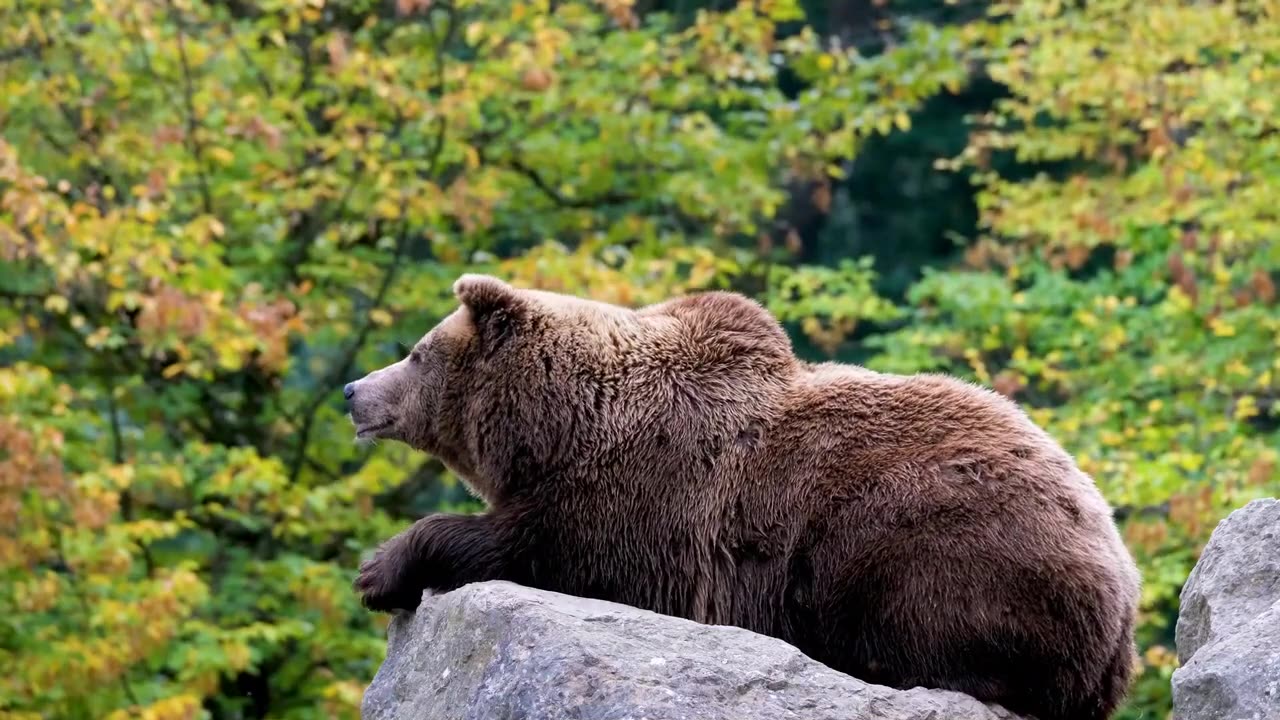Premium Only Content

Safari Desert and Its Nature #10
The Safari Desert, as you mentioned, doesn't correspond to a specific or widely recognized desert. However, I can provide you with a general description of deserts and the wildlife that can be found in desert ecosystems.
Deserts are unique and challenging environments characterized by extreme aridity, limited vegetation, and vast stretches of barren landscapes. While deserts may seem inhospitable, they support a surprising variety of wildlife that has adapted to survive in these harsh conditions. Here's a description of desert wildlife:
Desert Adaptations: Desert animals have evolved remarkable adaptations to cope with the scarcity of water and the extreme temperatures of desert environments. Some animals, like camels, have developed the ability to store water in their bodies, allowing them to survive for extended periods without drinking. Others, such as the kangaroo rat, can obtain sufficient moisture from their food and conserve water through specialized kidneys.
Nocturnal Life: Many desert animals are primarily nocturnal, avoiding the scorching heat of the day by being active during the cooler nighttime hours. Nocturnal creatures, such as the fennec fox, desert hedgehog, and various owl species, have adapted to navigate and hunt in the darkness, utilizing keen senses and specialized physiological adaptations.
Reptiles and Amphibians: Deserts are home to a diverse array of reptiles and amphibians. Snakes like the sidewinder and the rattlesnake, lizards such as the Gila monster and the gecko, and tortoises like the desert tortoise are some examples. Desert amphibians, like the spadefoot toad, are often adapted to breed rapidly during brief periods of rain, utilizing temporary desert pools.
Birds: Desert environments attract a range of bird species, including raptors, passerines, and migratory birds. Birds of prey like the golden eagle and the Harris's hawk soar above the desert landscape, hunting small mammals and reptiles. Desert birds, such as the roadrunner and the Greater roadrunner, are known for their remarkable speed and agility.
Insects and Arachnids: Insects and arachnids are well adapted to desert life. Beetles, such as the darkling beetle and the longhorn beetle, scorpions, spiders, and ants are among the many insects that have evolved strategies to survive in arid conditions. Some insects, like the mesquite bug, have even developed symbiotic relationships with desert plants.
Plant Life: While vegetation in deserts may appear sparse, various plant species have adapted to the harsh desert conditions. Cacti, such as the iconic saguaro and prickly pear, have water-storing capabilities and spines to reduce water loss. Other desert plants, like the Joshua tree and desert shrubs, have deep root systems to access underground water sources.
It's important to note that the specific wildlife found in a desert ecosystem can vary depending on the region and desert type. Different deserts around the world, such as the Sahara in Africa, the Mojave in North America, and the Gobi in Asia, have unique characteristics and support distinct wildlife adapted to their particular conditions.
Desert wildlife has fascinated explorers, scientists, and nature enthusiasts alike, showcasing the incredible adaptations and resilience of organisms in challenging environments. Their survival strategies serve as a testament to the diversity and tenacity of life on our planet.
-
 54:05
54:05
TheGetCanceledPodcast
6 hours ago $8.60 earnedThe GCP Ep.11 | Smack White Talks Smack DVD Vs WorldStar, Battle Rap, Universal Hood Pass & More...
75.7K18 -
 13:37
13:37
Exploring With Nug
10 hours ago $5.17 earnedSUV Found Underwater Searching For Missing Man Jerry Wilkins!
50.9K1 -
 2:58:21
2:58:21
xBuRnTx
5 hours ago1st Warzone Stream Online
33.7K2 -
 6:10:21
6:10:21
JdaDelete
1 day ago $0.48 earnedDino Crisis - Sega Saturday
37.1K3 -
 23:22
23:22
MYLUNCHBREAK CHANNEL PAGE
1 day agoUnder The Necropolis - Pt 5
58.4K27 -
 2:26:11
2:26:11
Jewels Jones Live ®
2 days agoWINNING BIGLY | A Political Rendezvous - Ep. 108
125K43 -
 2:04:49
2:04:49
Bare Knuckle Fighting Championship
4 days agoBKFC FIGHT NIGHT MOHEGAN SUN FREE FIGHTS
57.8K7 -
 25:09
25:09
BlackDiamondGunsandGear
8 hours agoYou NEED to be Training For Whats to Come
40.3K11 -
 20:03
20:03
Sideserf Cake Studio
14 hours ago $1.42 earnedA HUNGRY HUNGRY HIPPOS CAKE THAT ACTUALLY WORKS?
39.6K13 -
 23:51
23:51
marcushouse
15 hours ago $1.31 earnedStarship’s Next Move Is Coming Sooner Than You Think!
27.5K6